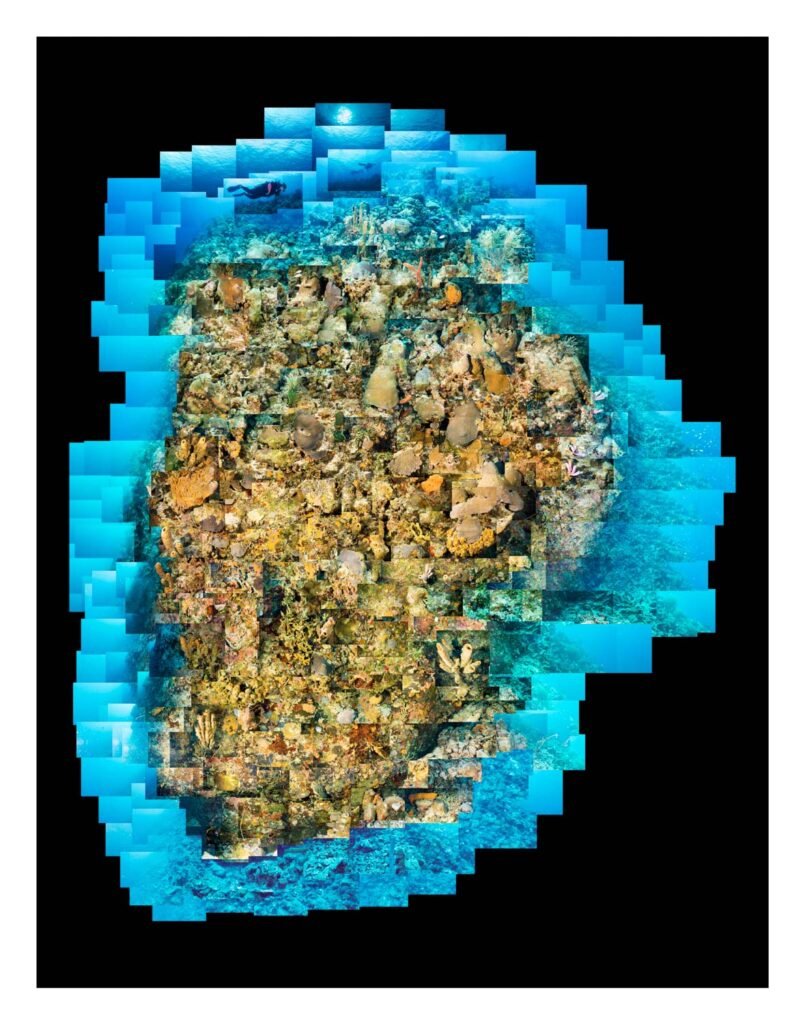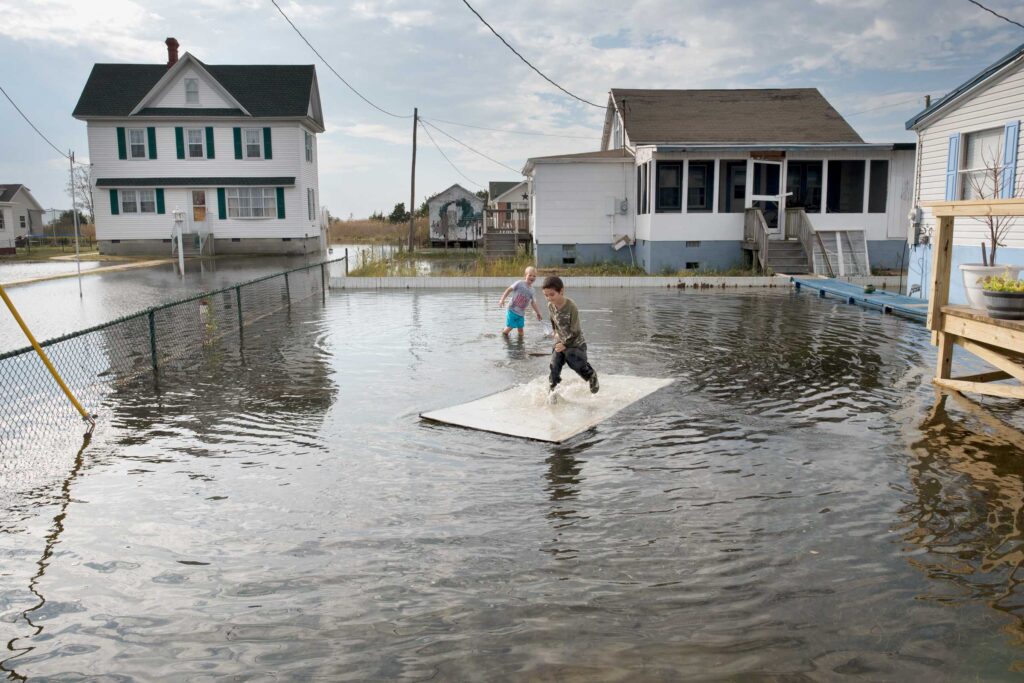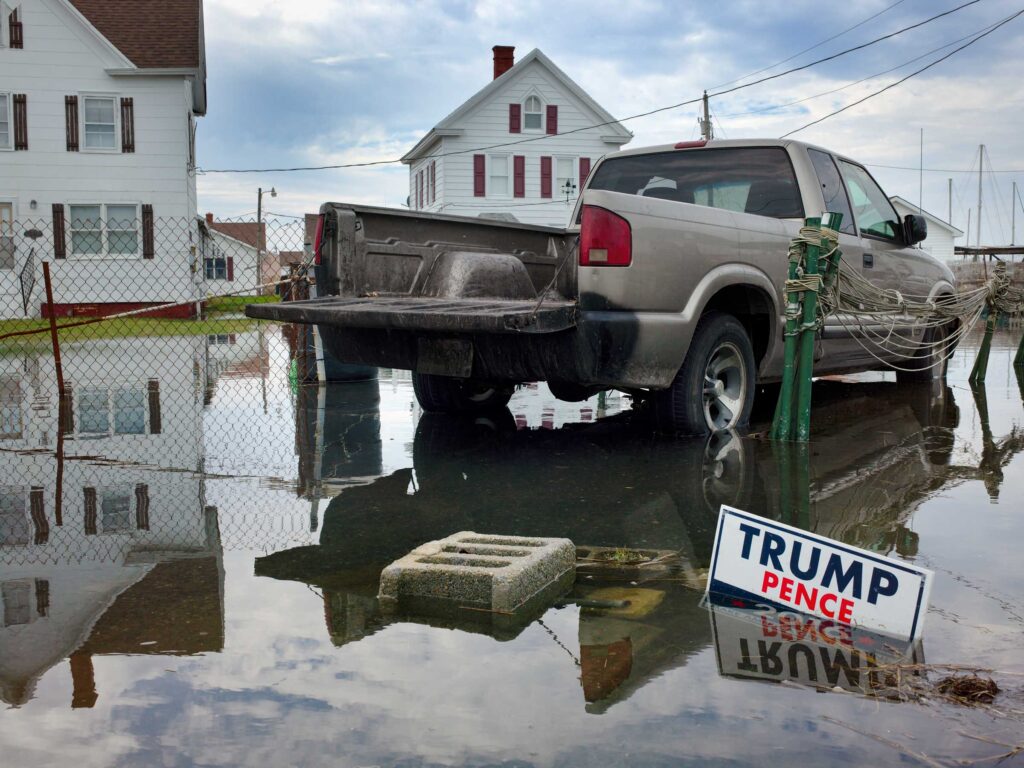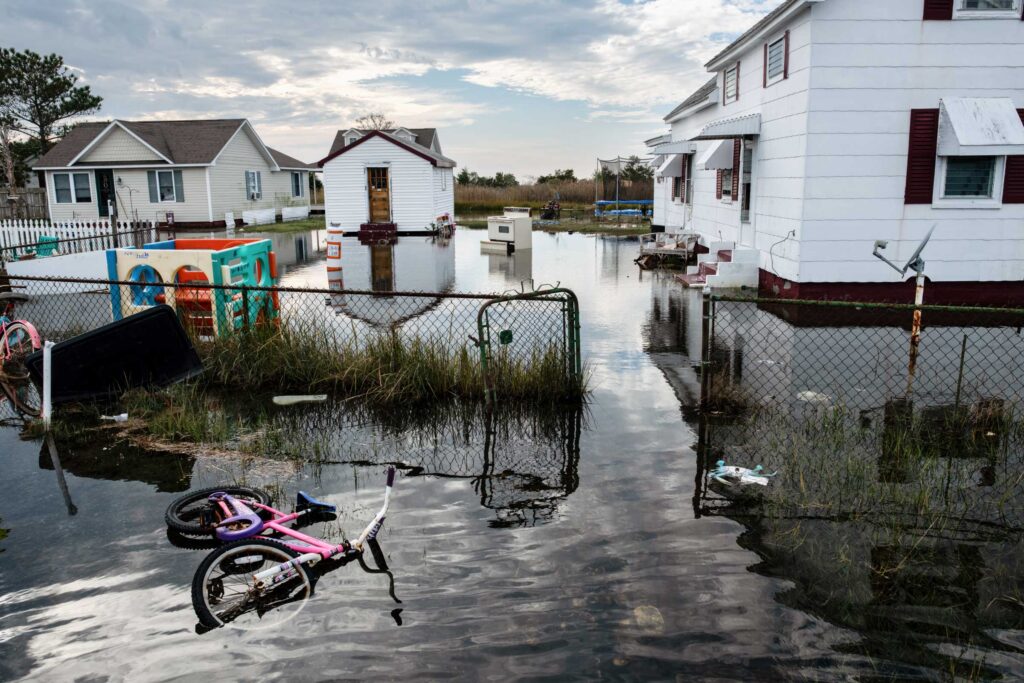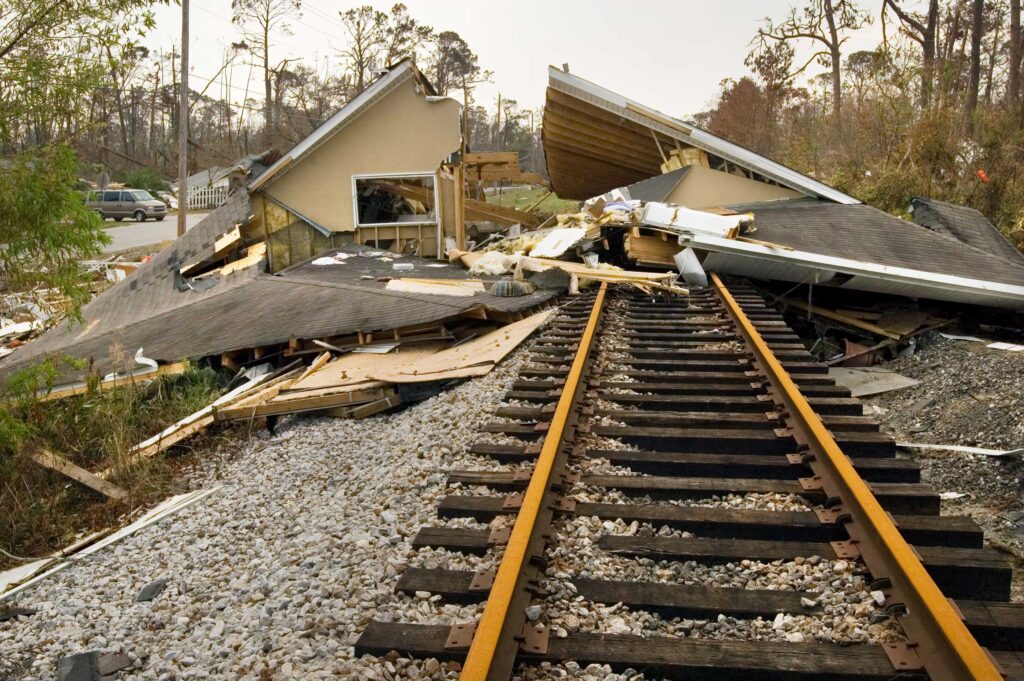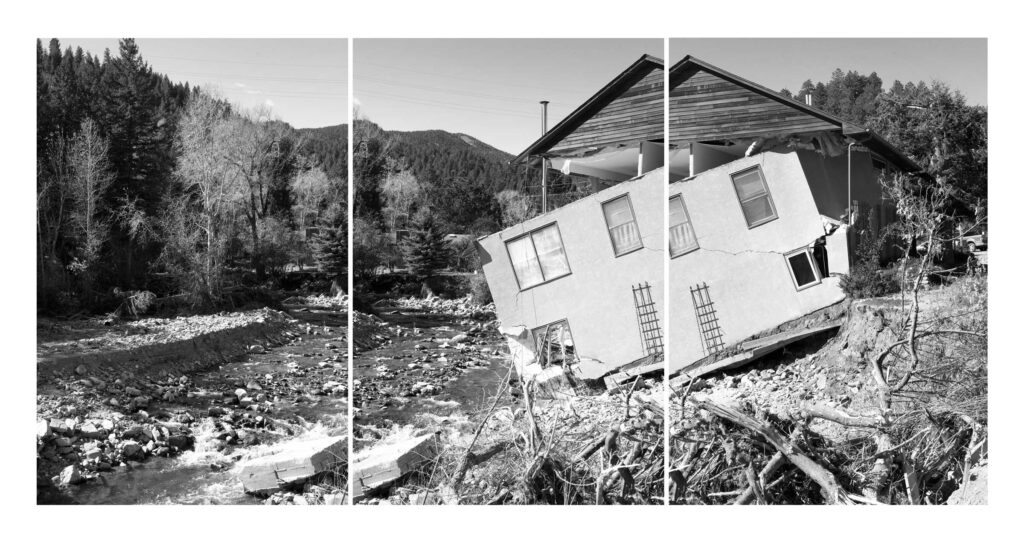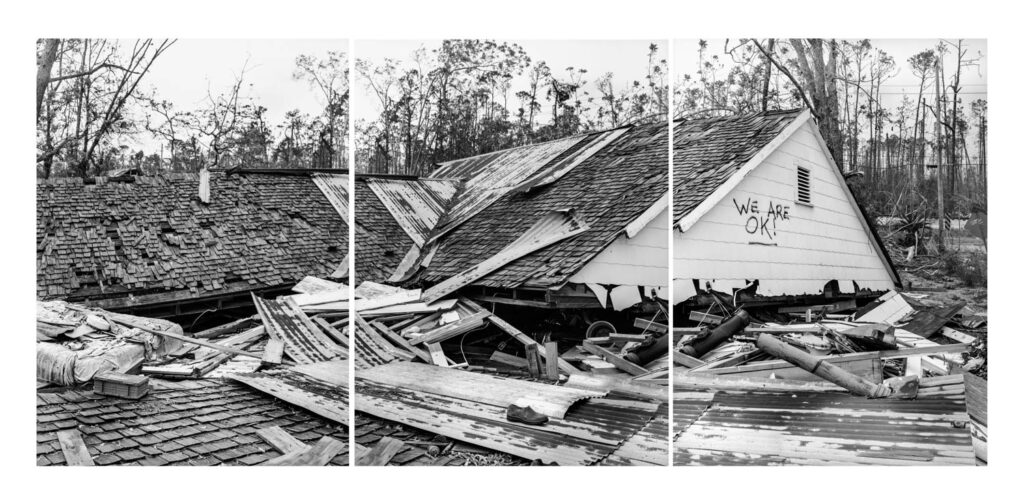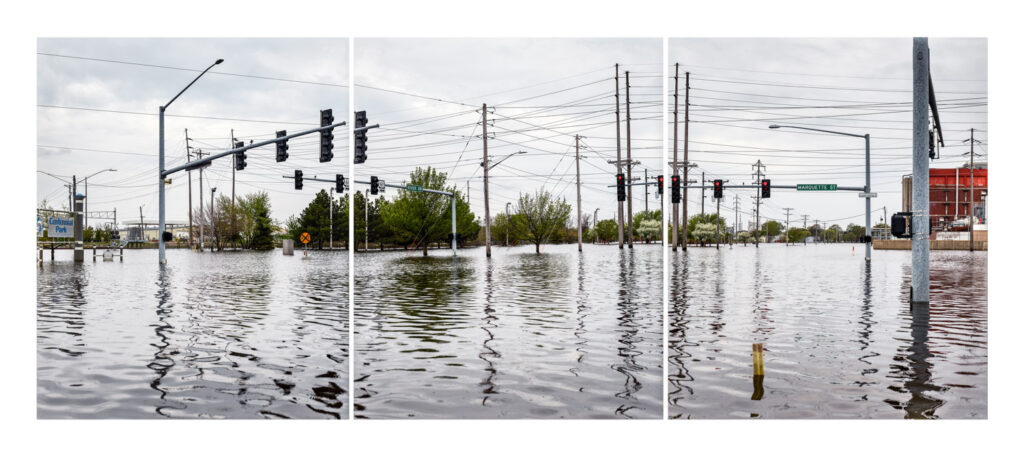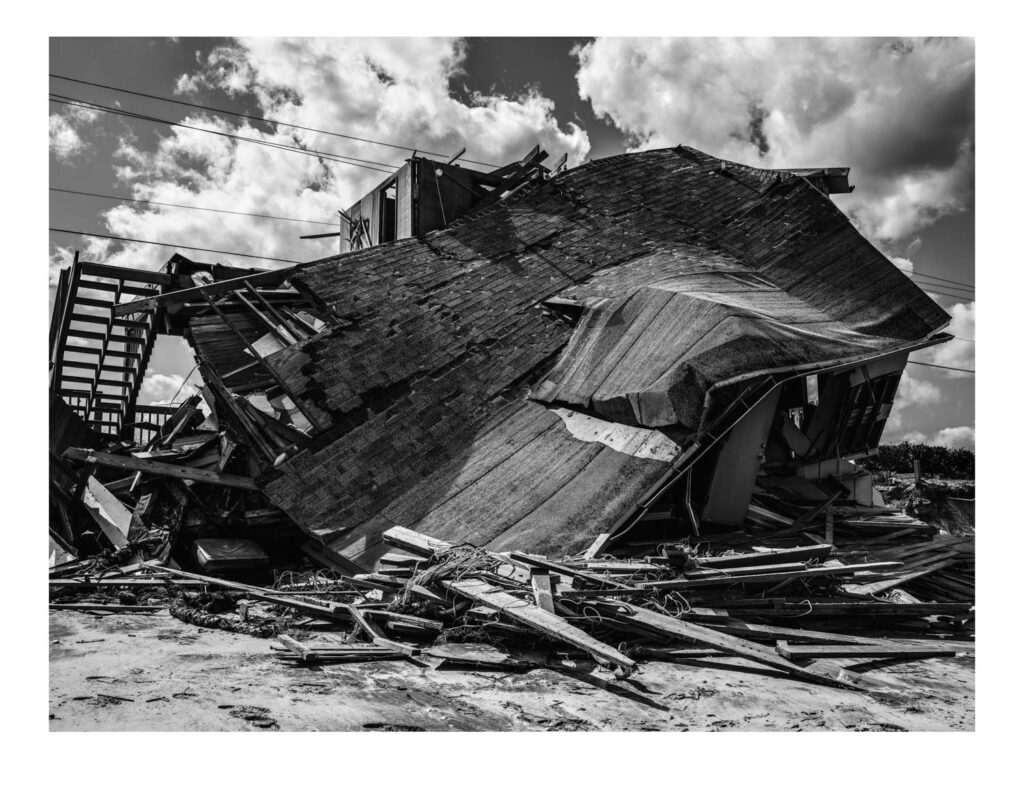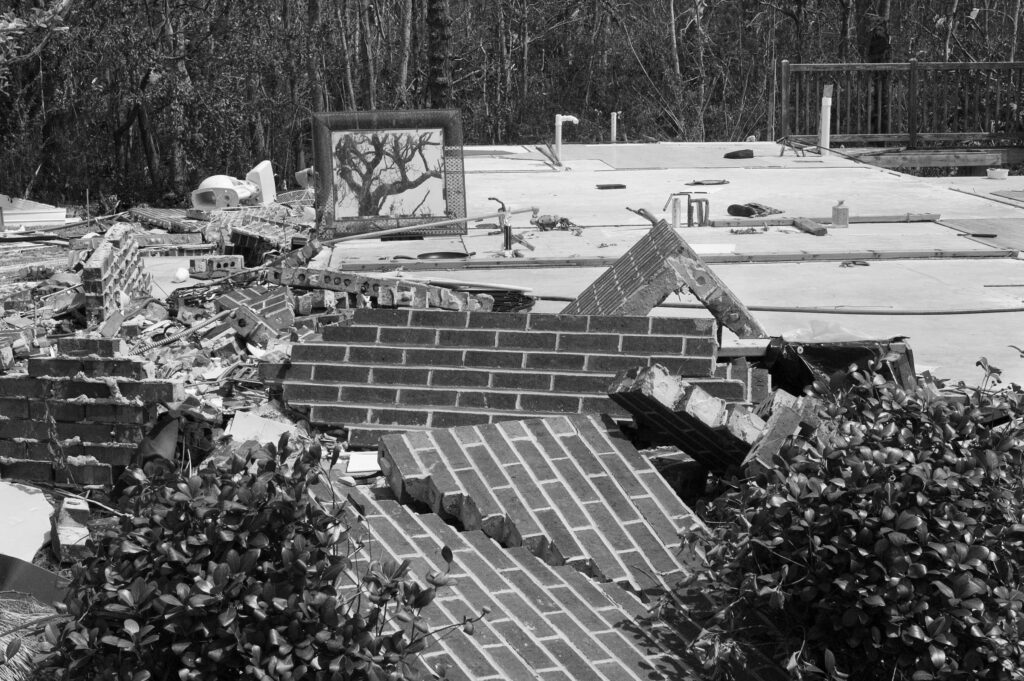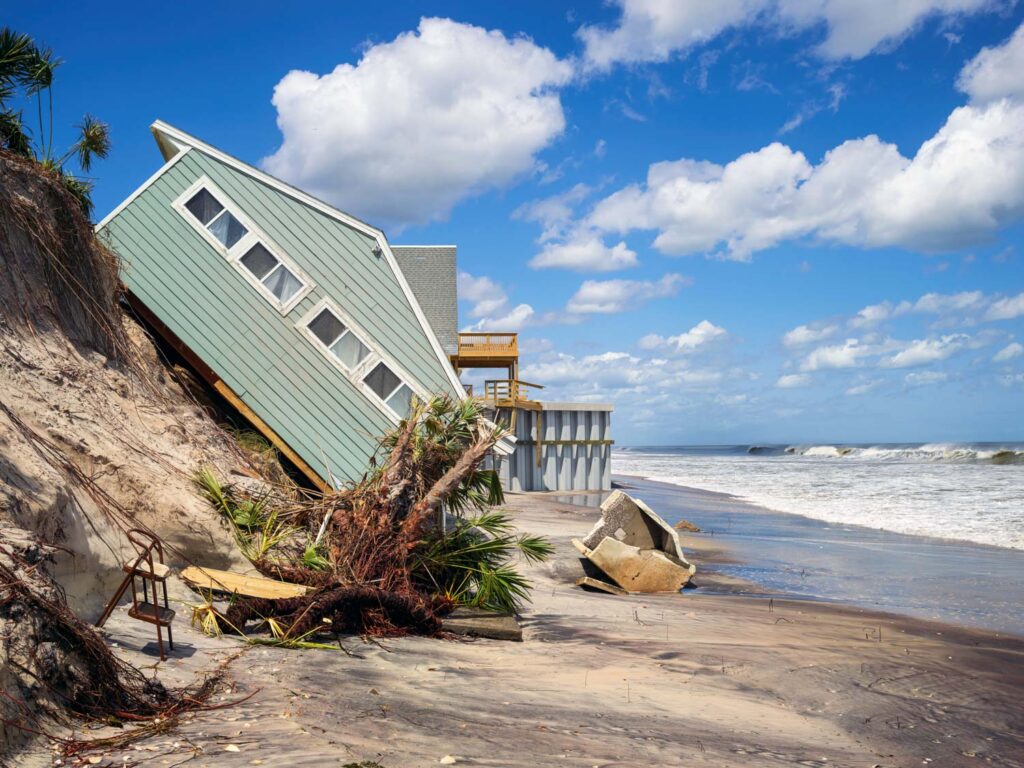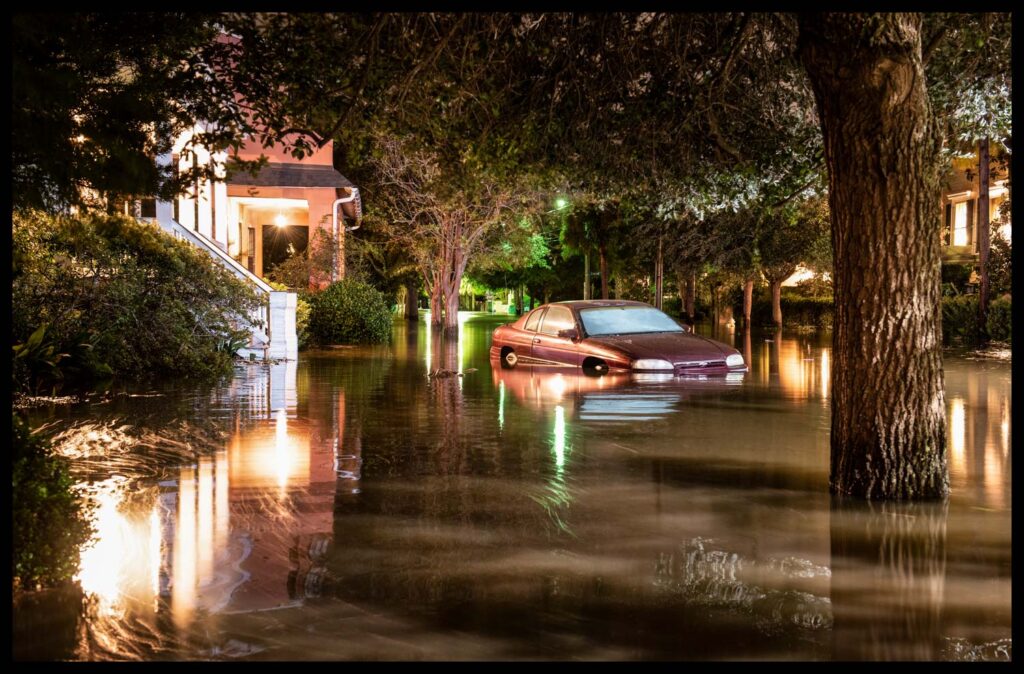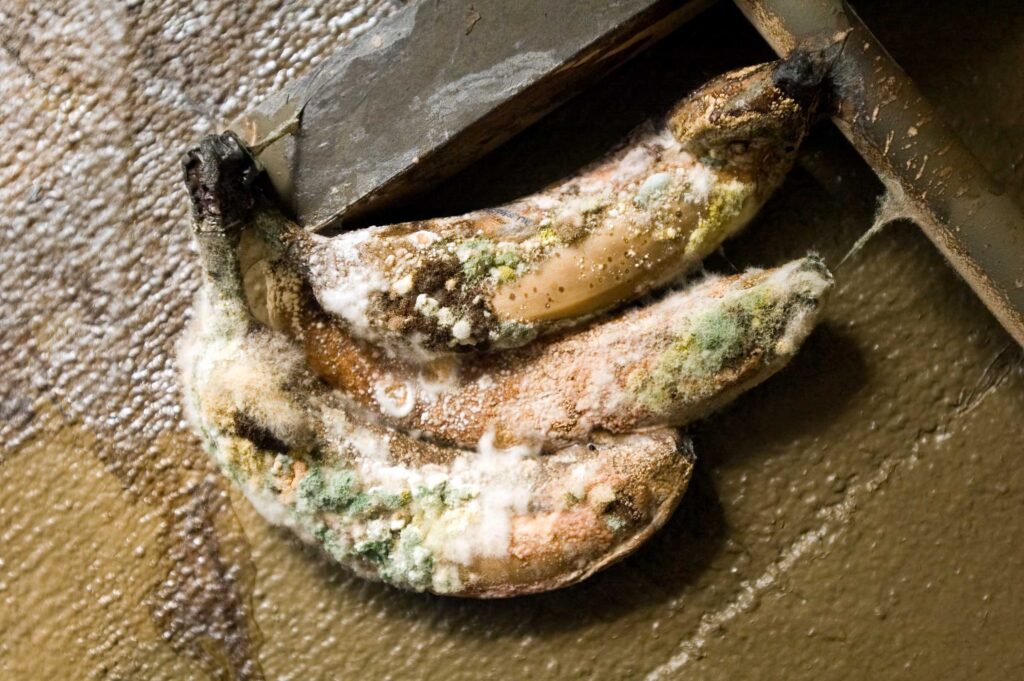These earth-shaping activities support human survival. At the same time, some can negatively affect both the health of planet and the health of people. Even the sculptural masterpieces produced by Michelangelo and others came at the cost of an extensively altered landscape, as seen here in the marble quarries of Carrara, Italy.
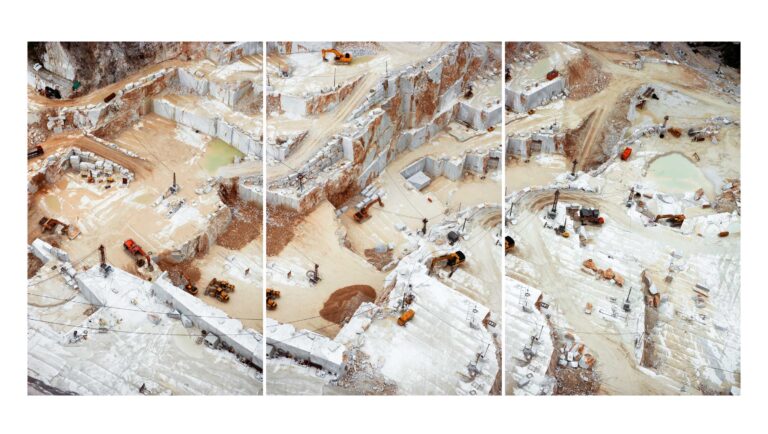
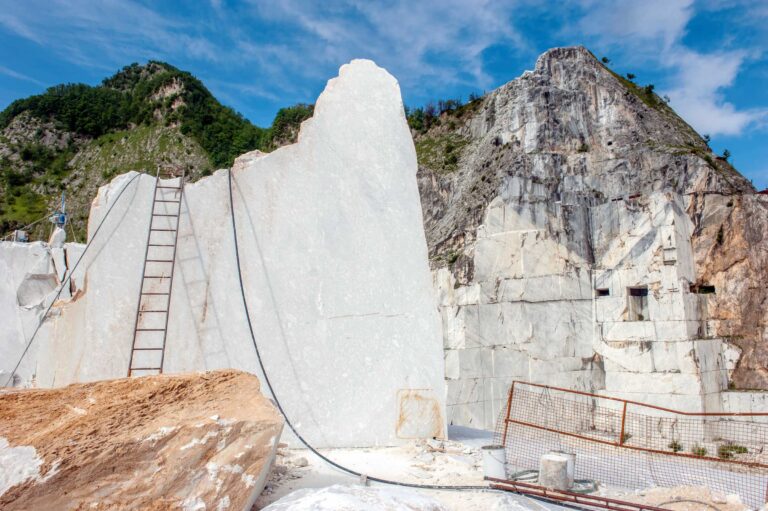

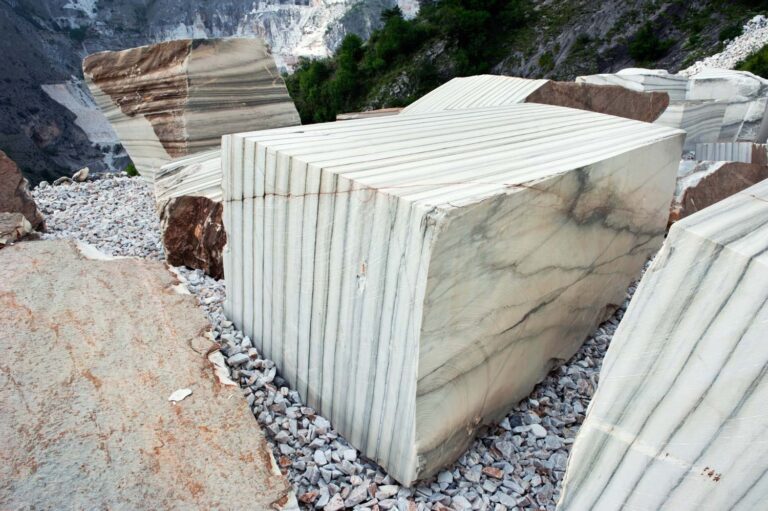
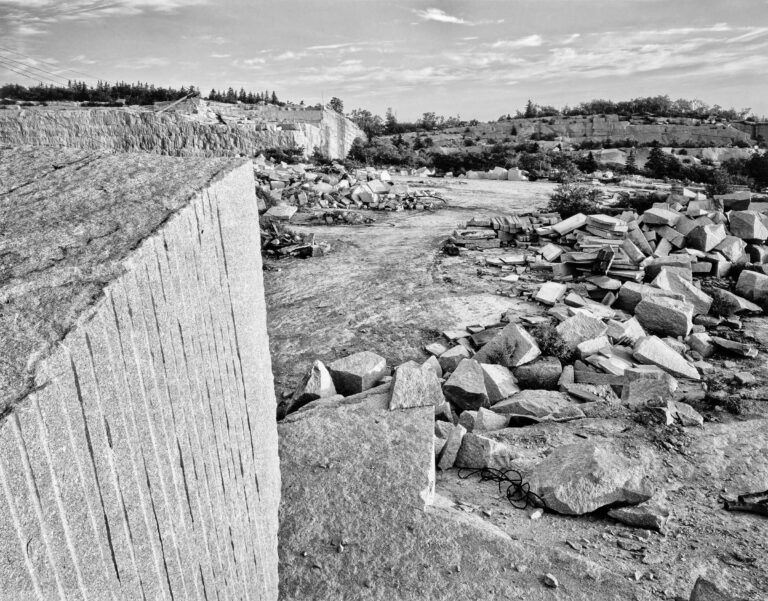
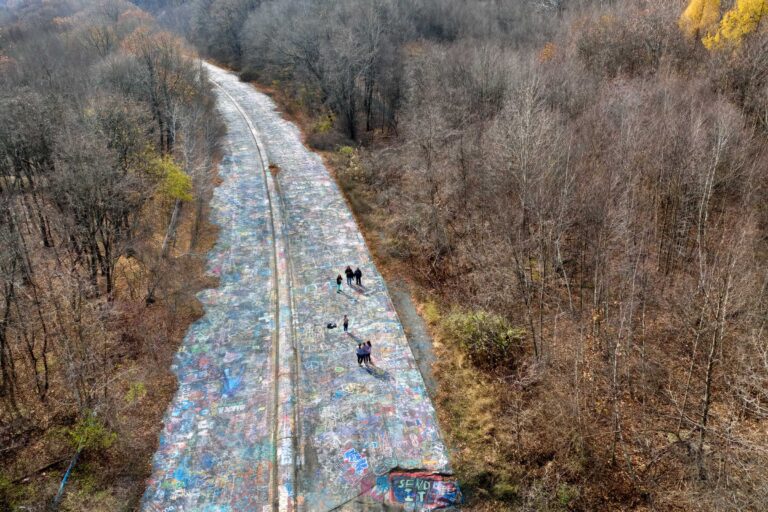
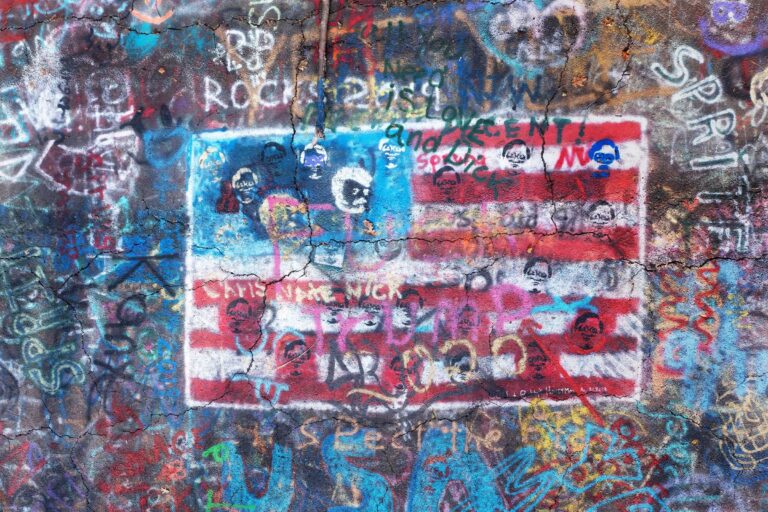
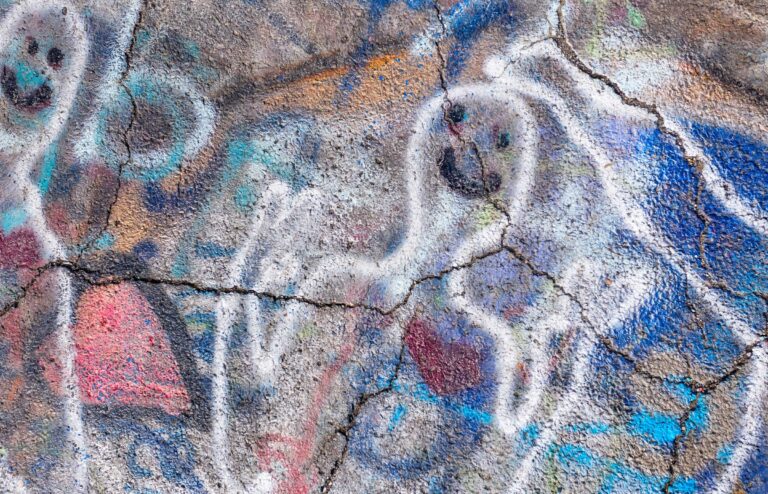
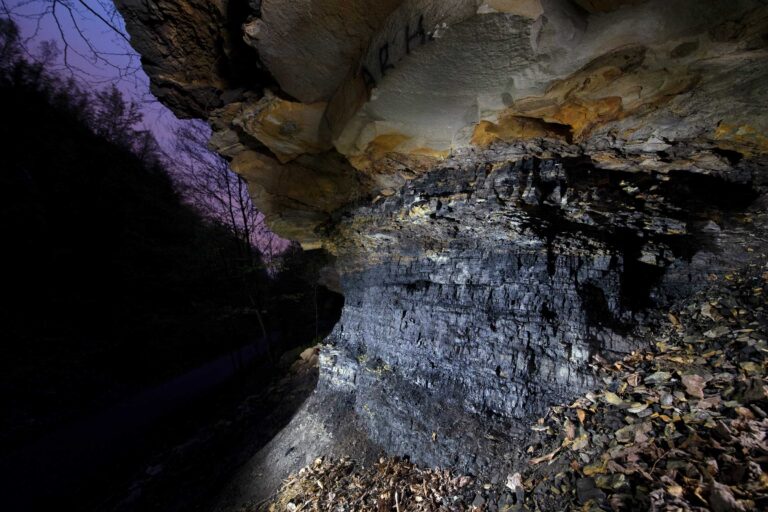
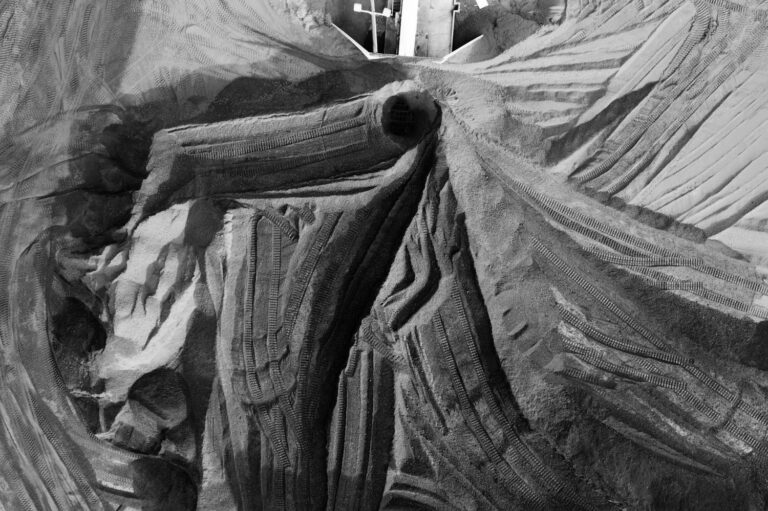
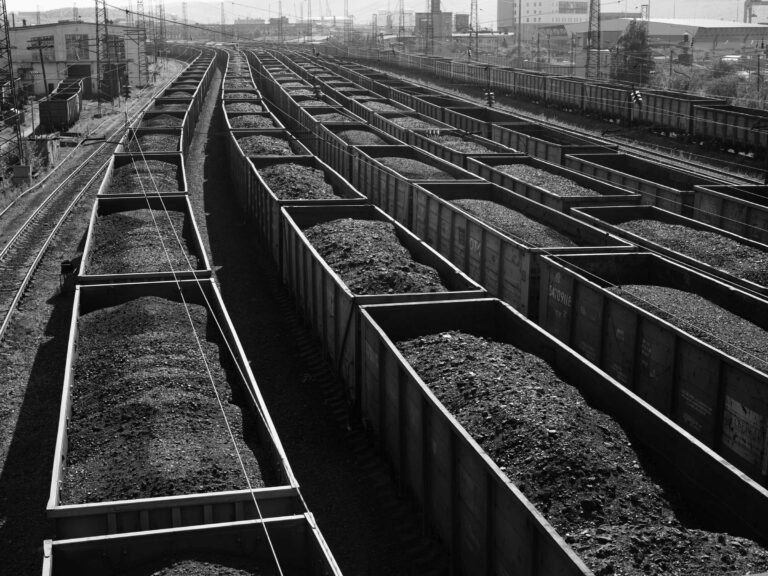
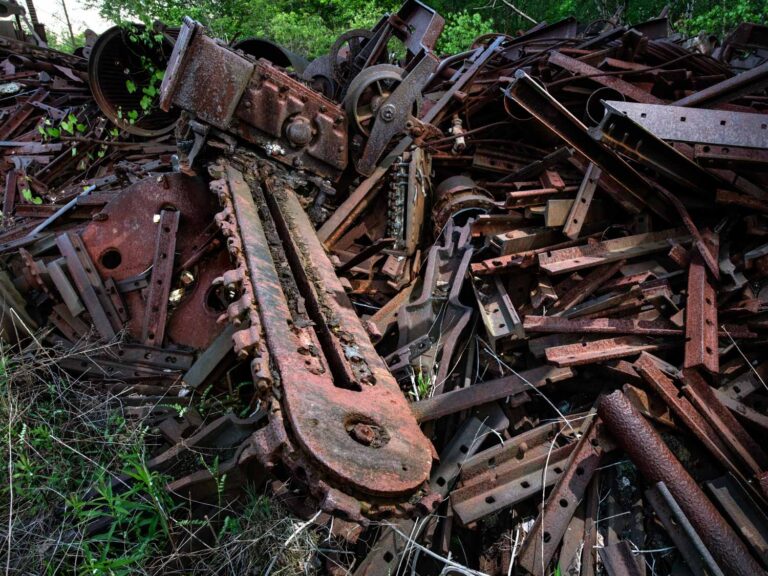
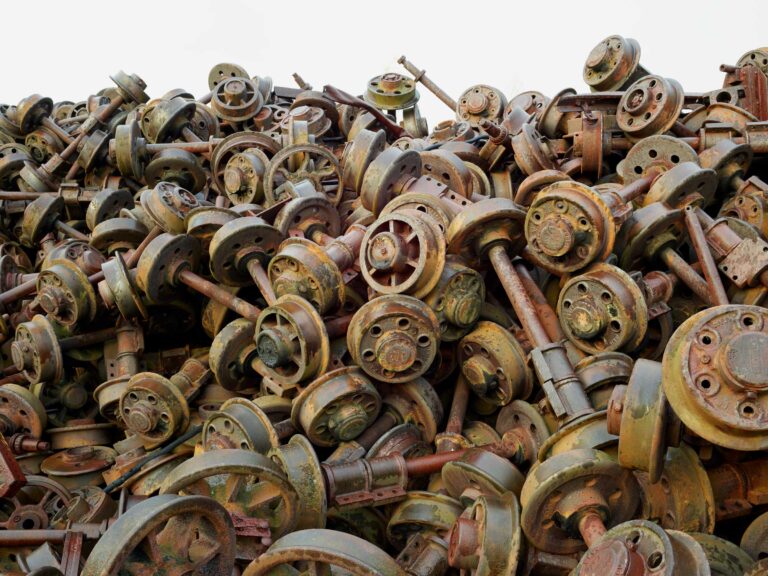
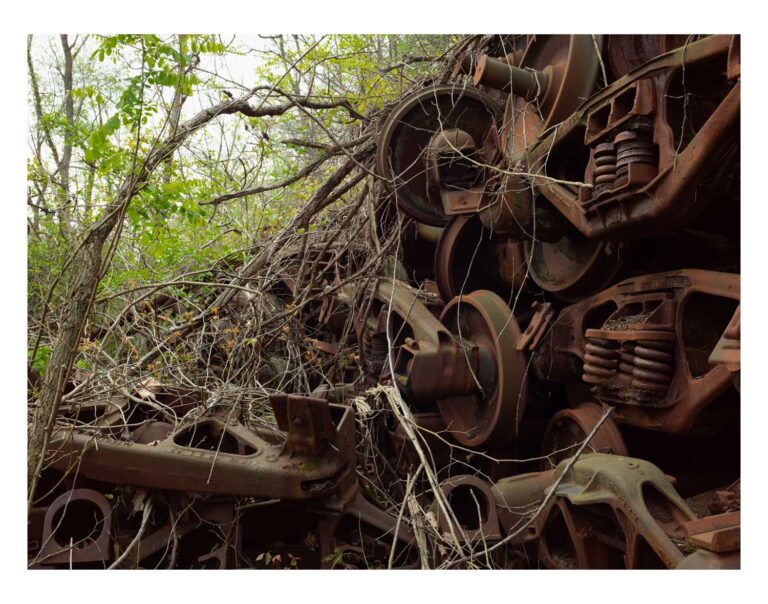
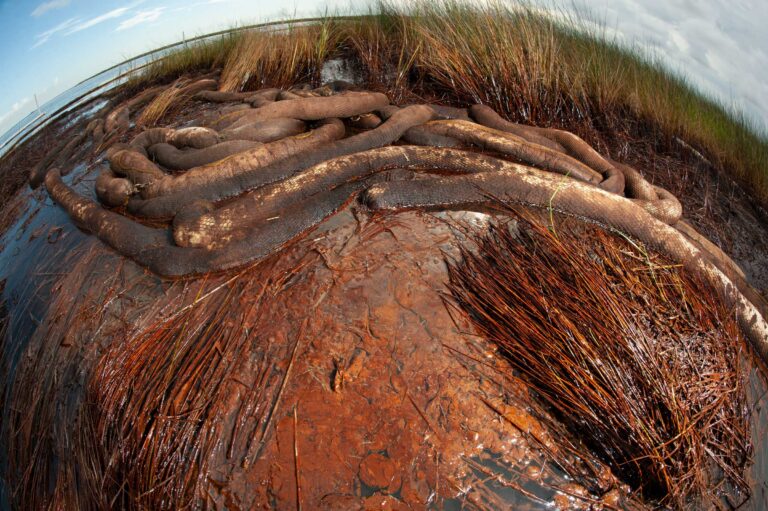
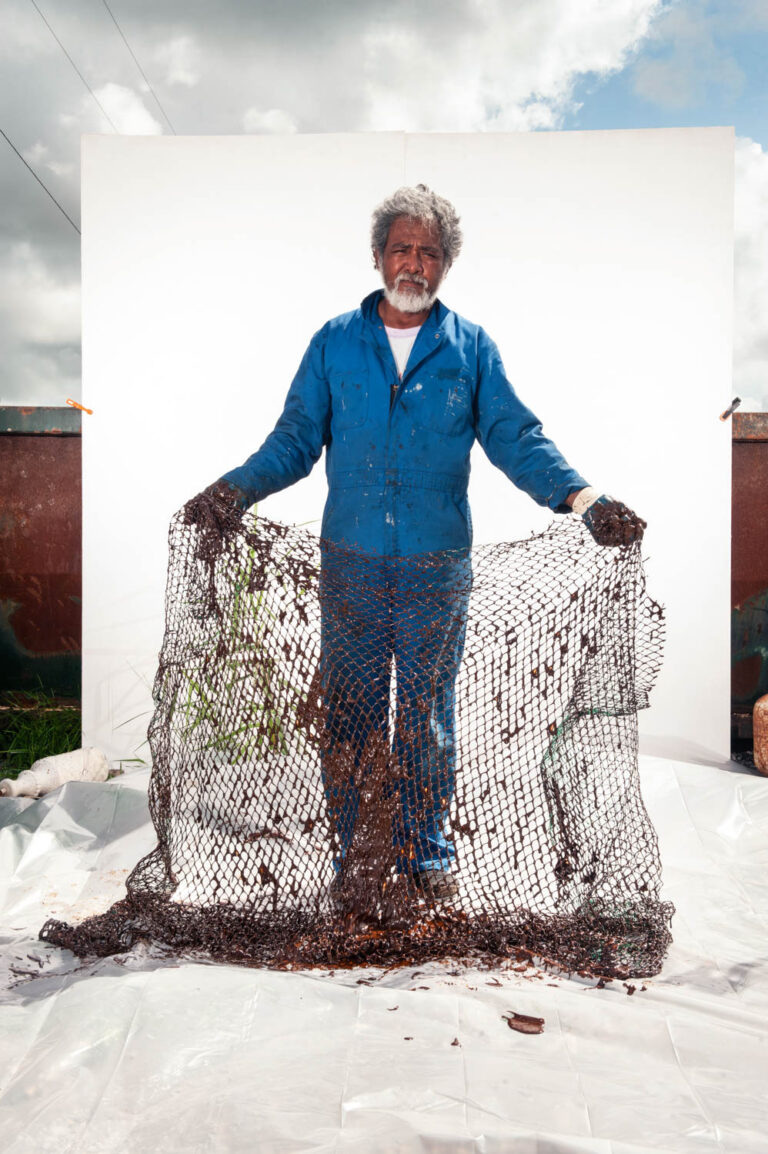
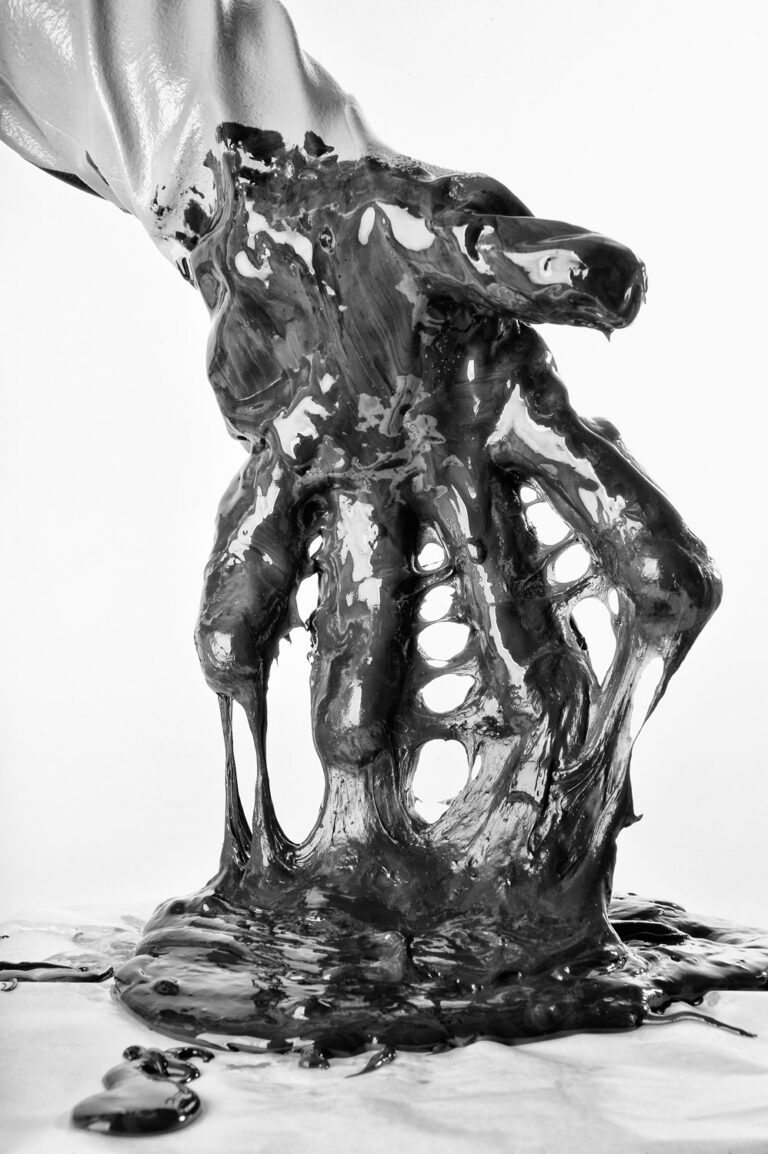
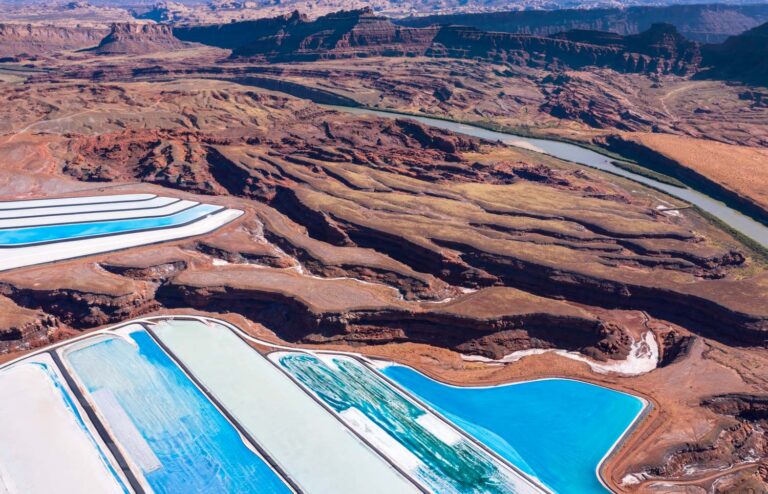

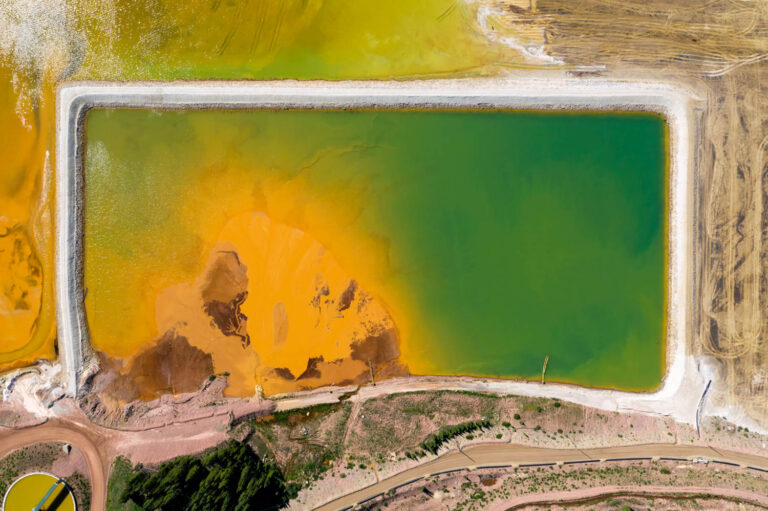
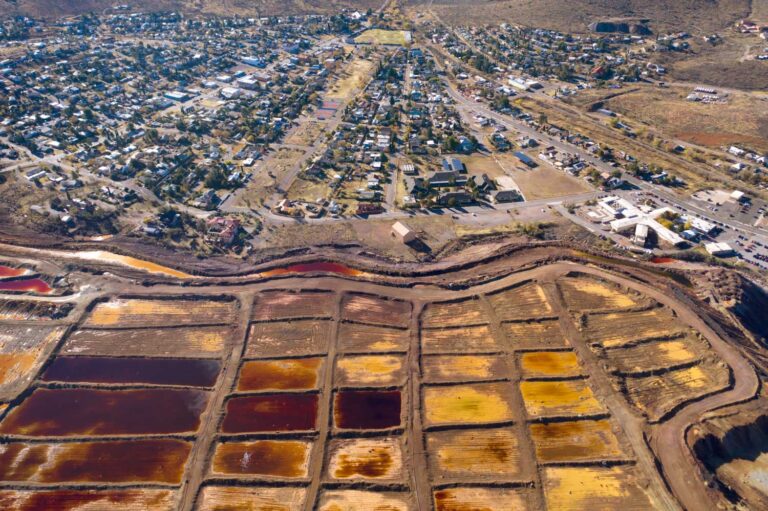
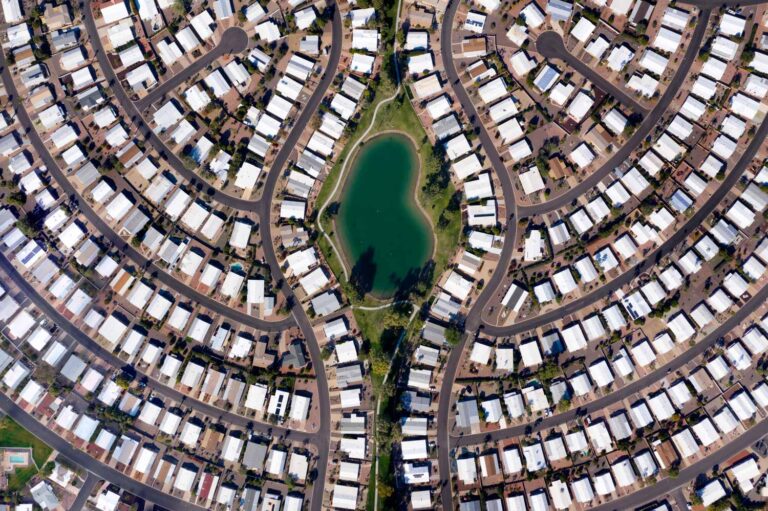
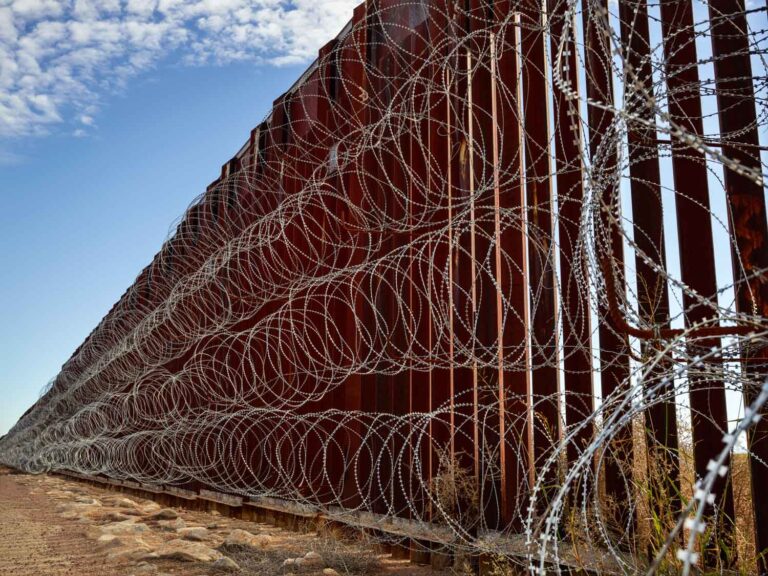
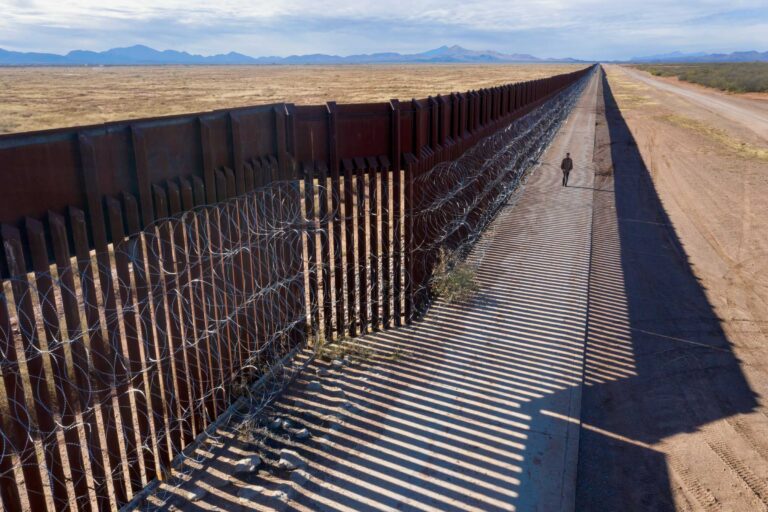
Many images in this portfolio look at how the air around us is used as a dumping ground for the chemical byproducts of burning oil, coal, and natural gas. Since the 19th century, the technologized world has relied on these fuels, which are, of course, derived from ancient deposits in the rock crust of Earth. Human health, comfort, longevity, and mobility have all increased as a consequence. But the combustion has altered the chemistry of the air and warmed the planet’s climate.
One image shows a view of the atmosphere caught by an automated camera suspended in a helium-filled weather balloon. In little more than half an hour, the balloon rose from ground level to a height of 70,000 feet, a perspective no one except astronauts ever gets. Understanding how quickly a simple balloon can lift above the cerulean atmosphere and gaze into the blackness of space reveals just how thin and precious our atmosphere is.
Much of this series revolves around bubbles of atmospheric gas. One image shows bubbles of air, trapped 12,000 to 15,000 years ago during snowstorms on the Greenland Ice Sheet, released into the air as warming melts the ice. Others capture ancient methane rising from permafrost on the floor of a lake near Fairbanks, Alaska; a quick winter freeze had trapped methane bubbles in the ice, but summer thawing will soon release that climate-warming gas into the atmosphere.
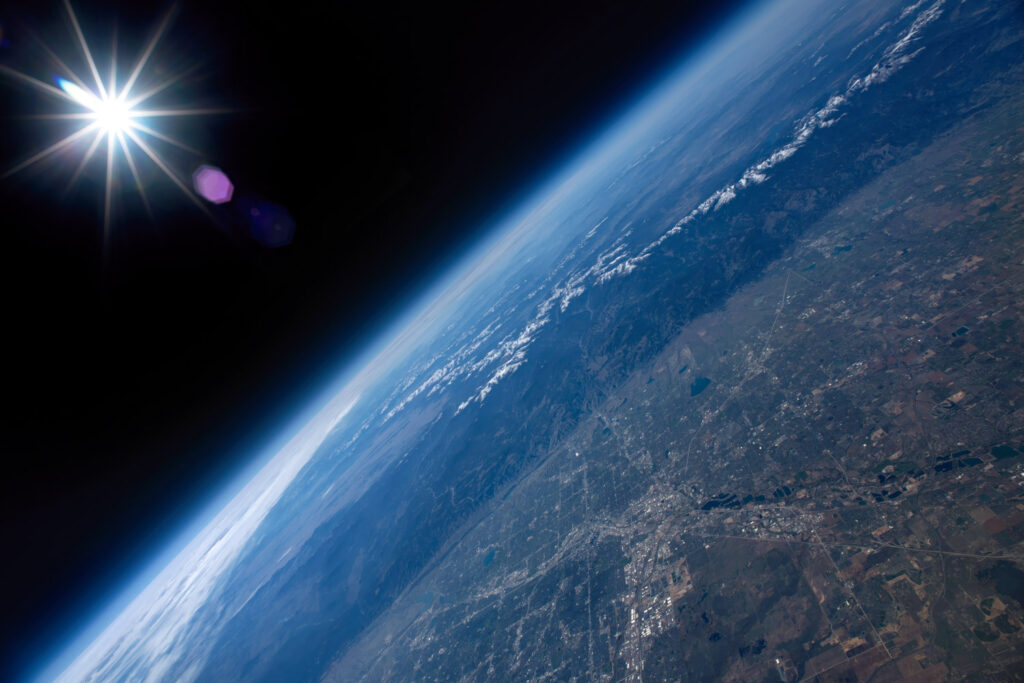

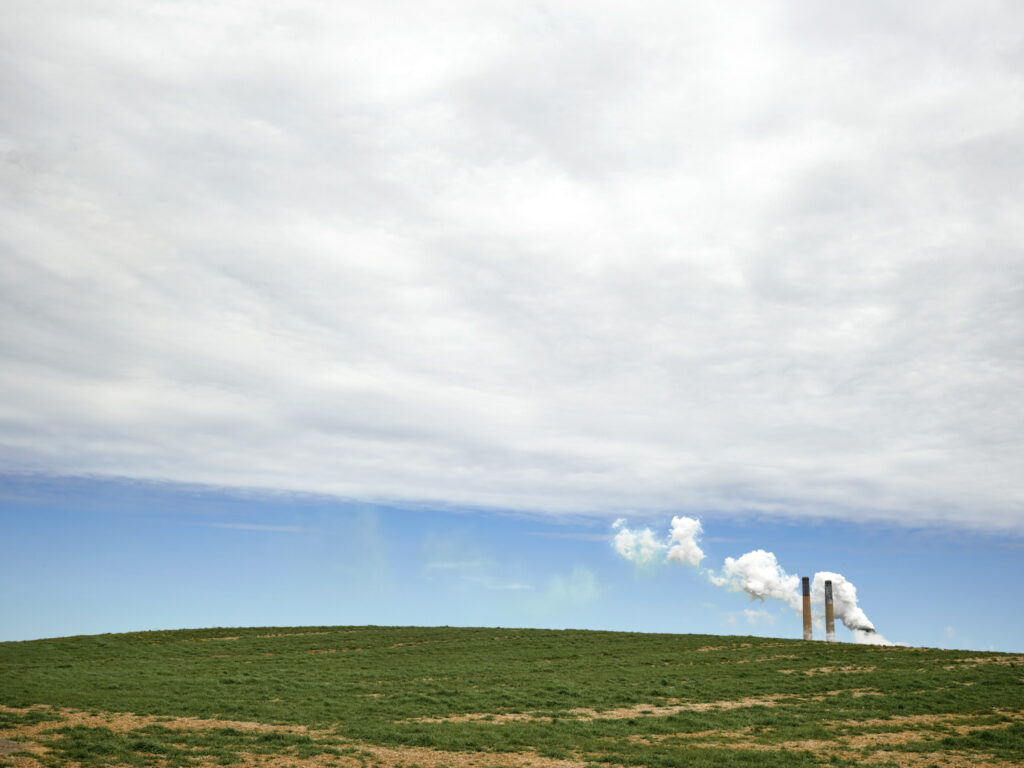
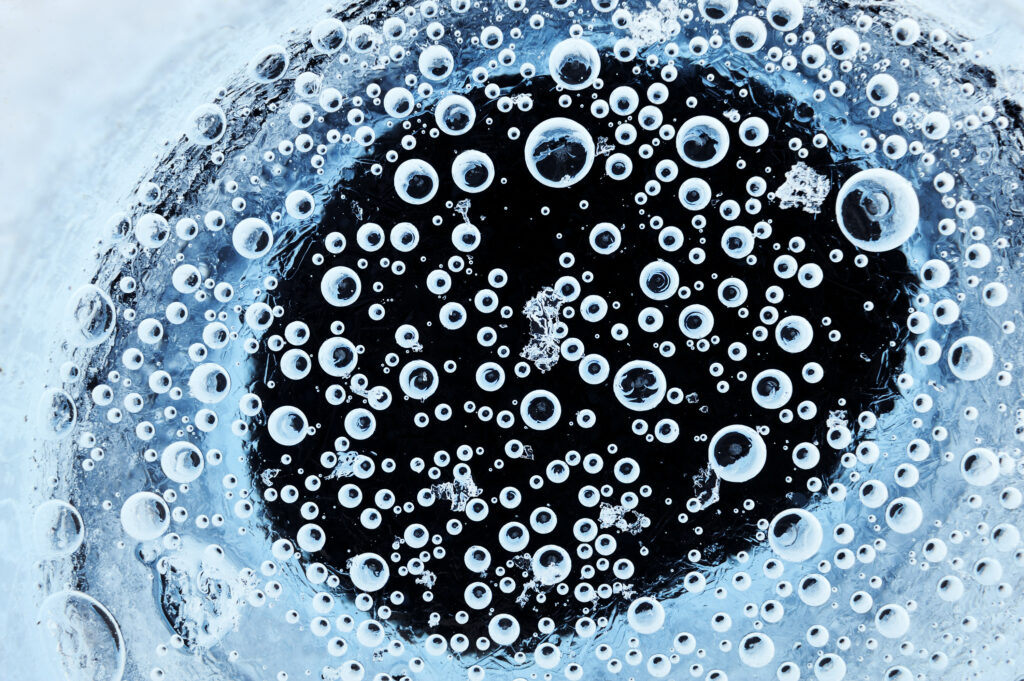
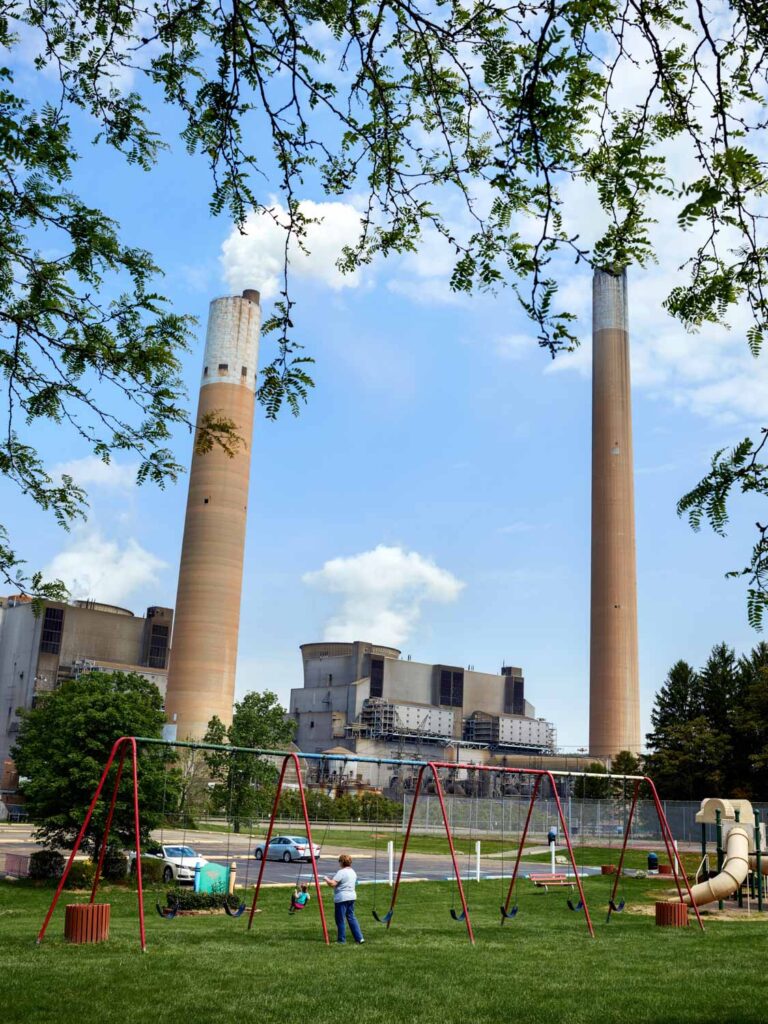
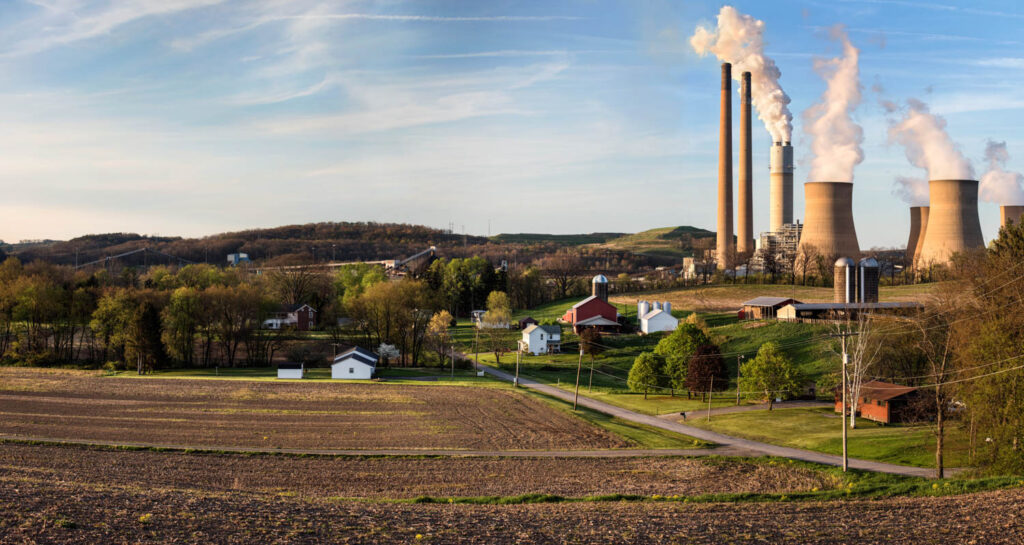


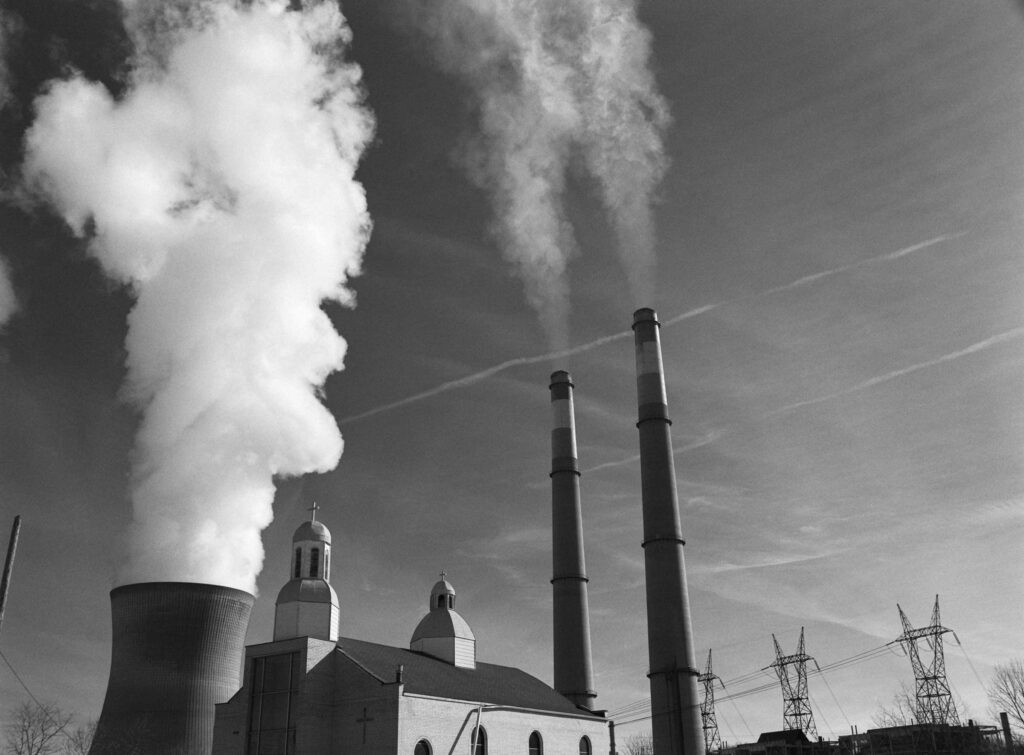
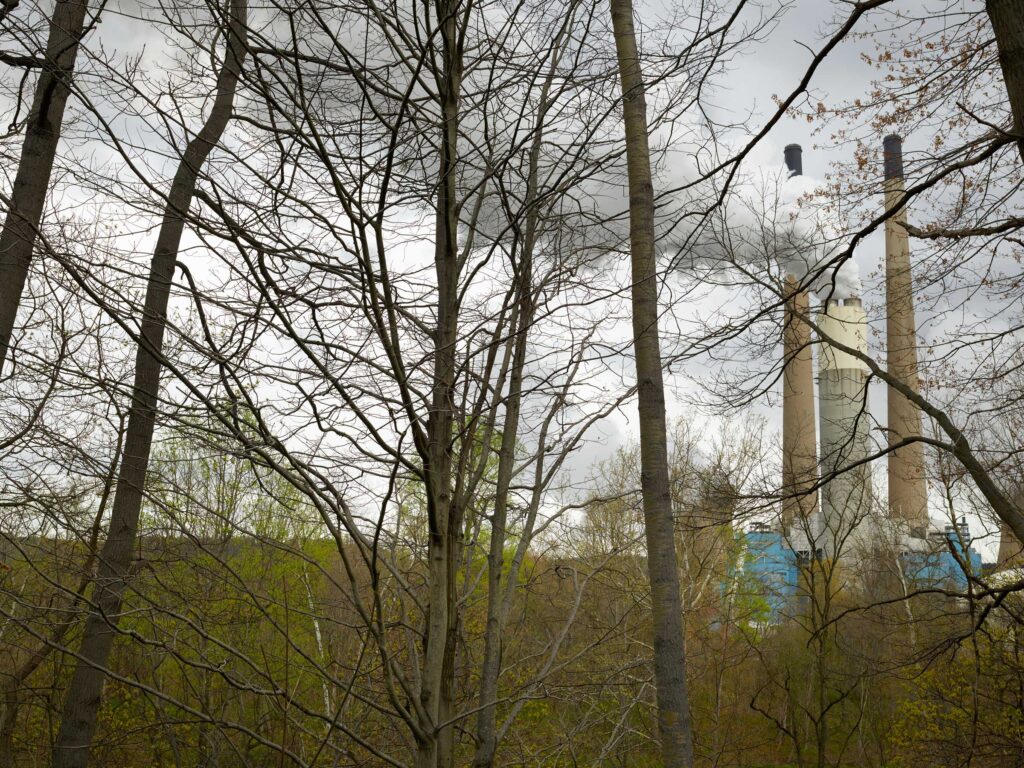
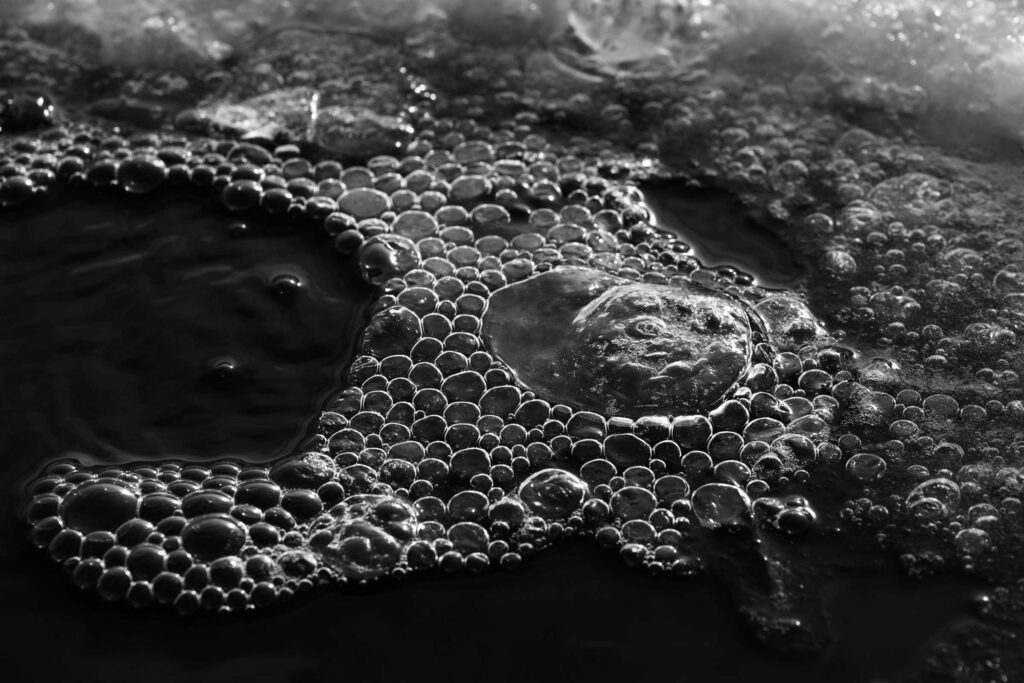
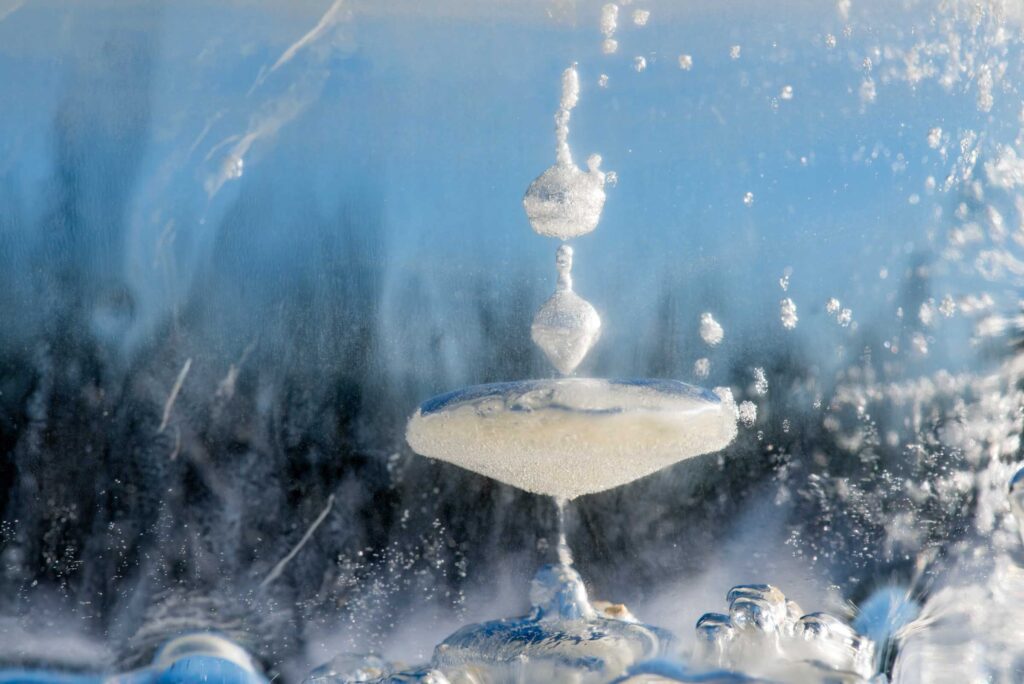
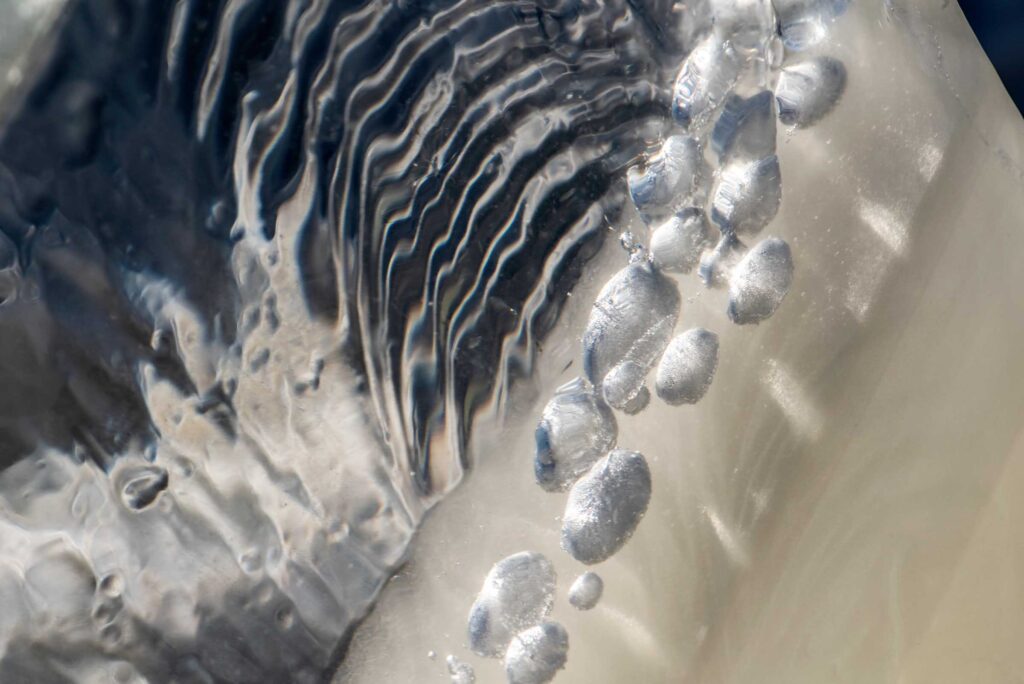
Balog captured a number of these water-borne disasters, photographing the consequences of several floods and five hurricanes, most notably Hurricane Katrina in 2004.
As part of this study of water, James also celebrated the living abundance of a coral reef before ocean warming killed it. Employing the same creative concept he developed while photographing the great trees of North America, he produced a multi-frame mosaic of a coral reef on the Caribbean island of Bonaire. The image was constructed from 477 frames out of a total of 1,216 captured during five days of scuba diving at depths from 20 to 70 feet. It was believed to be the first true-color rendition of a large expanse of coral reef.
